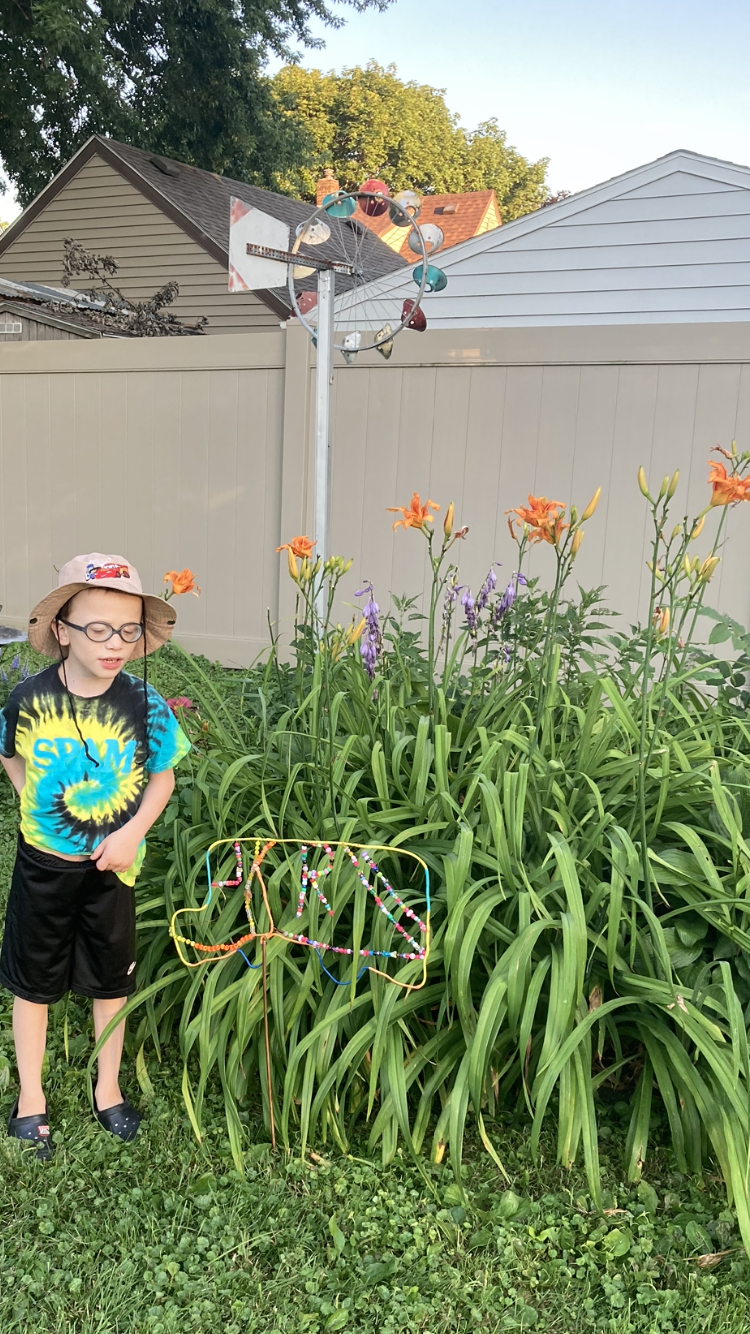Learning Through Touch
/Every little thing feels more challenging now than it did six months ago: visiting friends, buying groceries, and most of all coordinating an arts residency for a classroom of students. This week, we catch up with one of the persevering educators from the Minnesota State Academy for the Blind for a story about artists, teachers, and students working together to overcome every obstacle to creativity.
COMPAS Teaching Artist Anne McFaul Reid Led the Copper wire sculpting residency at Minnesota State Academy for the Blind
In a typical summer, students at the Minnesota State Academy for the Blind (MSAB) ward off summer slide through their Extended School Year (ESY) program. For two weeks, students live on campus to work on specific goals like developing speech skills, learning Braille, improving mobility and orientation, and being creative! But this is no ordinary summer.
For almost a year, COMPAS and MSAB had planned an in-person, copper wire sculpture residency where ESY students would create their own 2- to 3-foot-tall garden creature. “I loved the idea of 3D tactile art for our students,” explained Jennifer Pelletier, music therapist at MSAB. “Sculpture can help students hone concepts such as sensory exploration, spatial understanding, orientation/ directional concepts, and all the listening and social skills that are naturally part of creating.” But with students living at home this summer, COMPAS and MSAB had to creatively solve problems to translate the in-person residency into an engaging, distance-learning project.
First, COMPAS Teaching Artist Anne McFaul Reid constructed individual art kits for each student, complete with copper wire, string, beads, paint, typed and Braille instructions, and more. These were delivered to MSAB’s campus and then distributed to families.
The next obstacle to overcome was how to teach art techniques without the artist being present to guide students through the process in-person. This is where spatial and tactile awareness came in to play – not just for the students, but for educators as well. Since all students had access to the internet, the team decided a combination of live and pre-recorded instructional sessions would be most helpful for students.
Anne recorded a series of videos to teach the sculpting process step-by-step so students could develop their own skills and awareness to work with the wire. Throughout each session, Anne narrated while she worked, describing in detail how to feel through every bend in the wire. Students could listen to the pre-recorded sessions as often as they needed, and every other day, participants attended Zoom calls to share their work with a small group of their fellow students and receive live feedback from Anne.
Given the opportunity to explore a new creative practice, students persevered and excelled! “One student, blind and on the Autism Spectrum, refused to touch the wire at first,” says Pelletier, “But in the end she was holding the wire sculpture and exploring its textures. This is an extremely important sensory skill to build upon for further learning!”

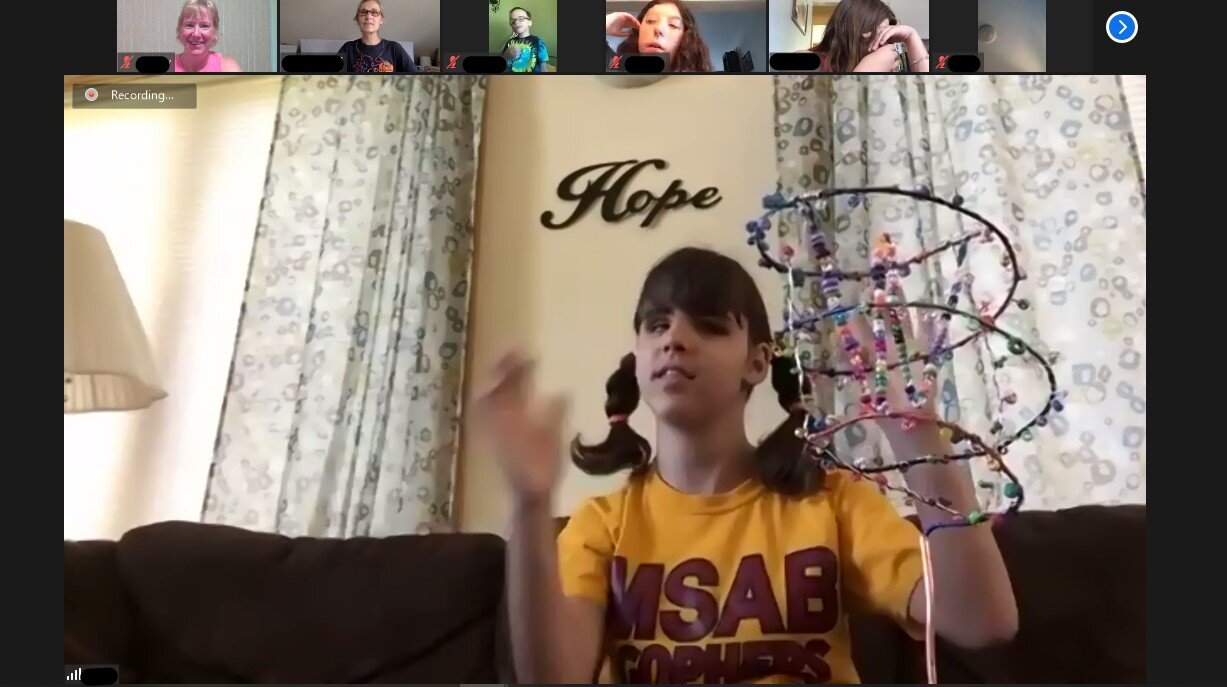
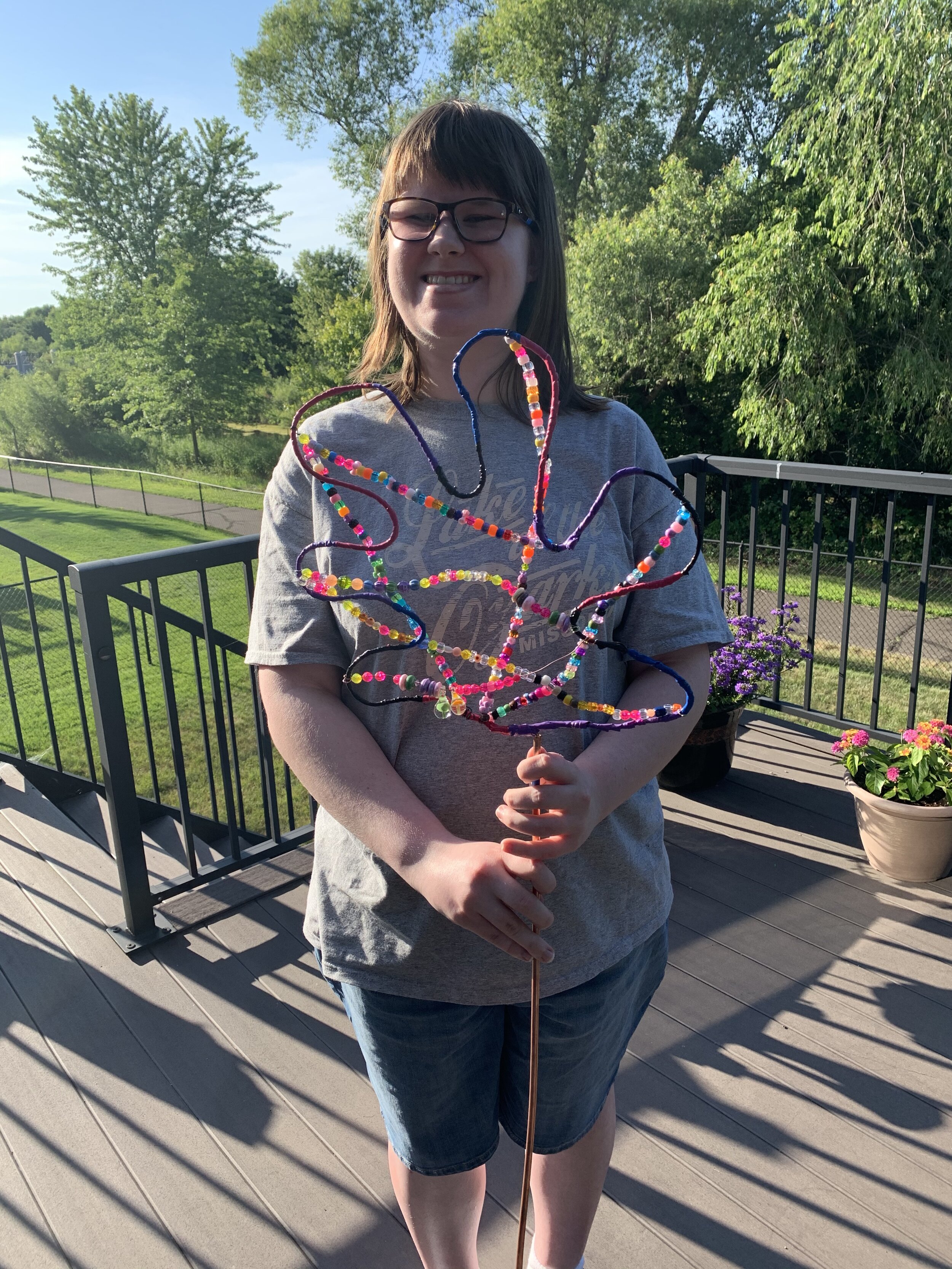
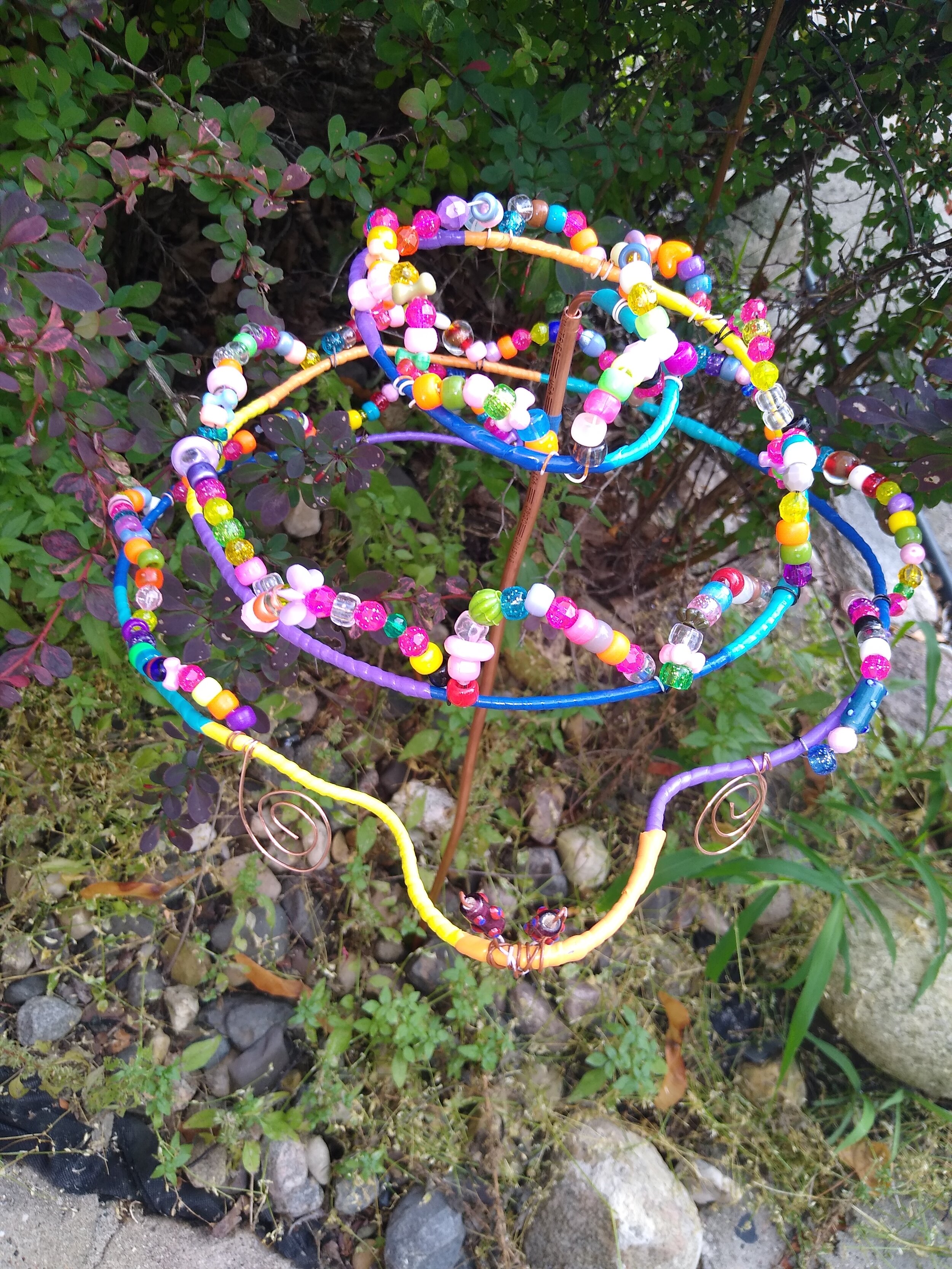
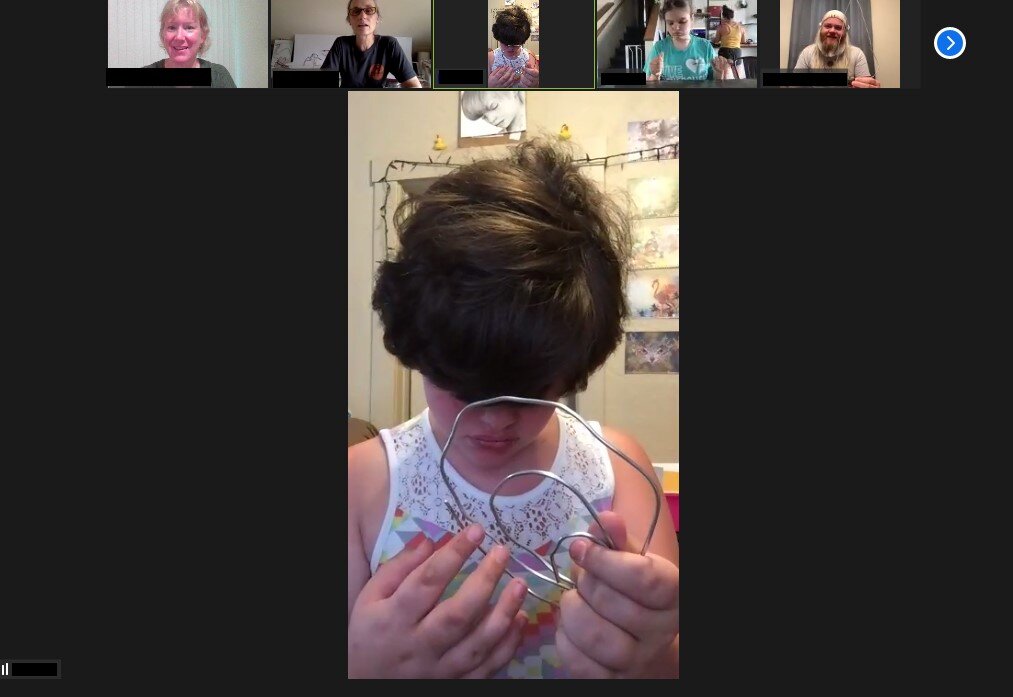

The process was also a learning experience for Anne, who used the opportunity to become more aware of how to communicate and explain fundamental creative concepts while teaching remotely. Working with differently abled students in a video medium meant that everyone involved had to experiment with new ways of describing touch, texture, shape, and composition.
Even across the distance learning divide, the residency provided and reinforced one of the essential functions of creative education: learning through touch. It also stopped summer slide with joy and laughter. Now, see some of the completed wire sculpture pieces from the students of Minnesota State Academy for the Blind.
COMPAS is excited to work with you to overcome any challenges you might face when bringing creativity into your classroom (virtual or otherwise!) Our programs are flexible and customizable with an emphasis on accessibility and student engagement. Learn more about our Teaching Artists or book a program now



